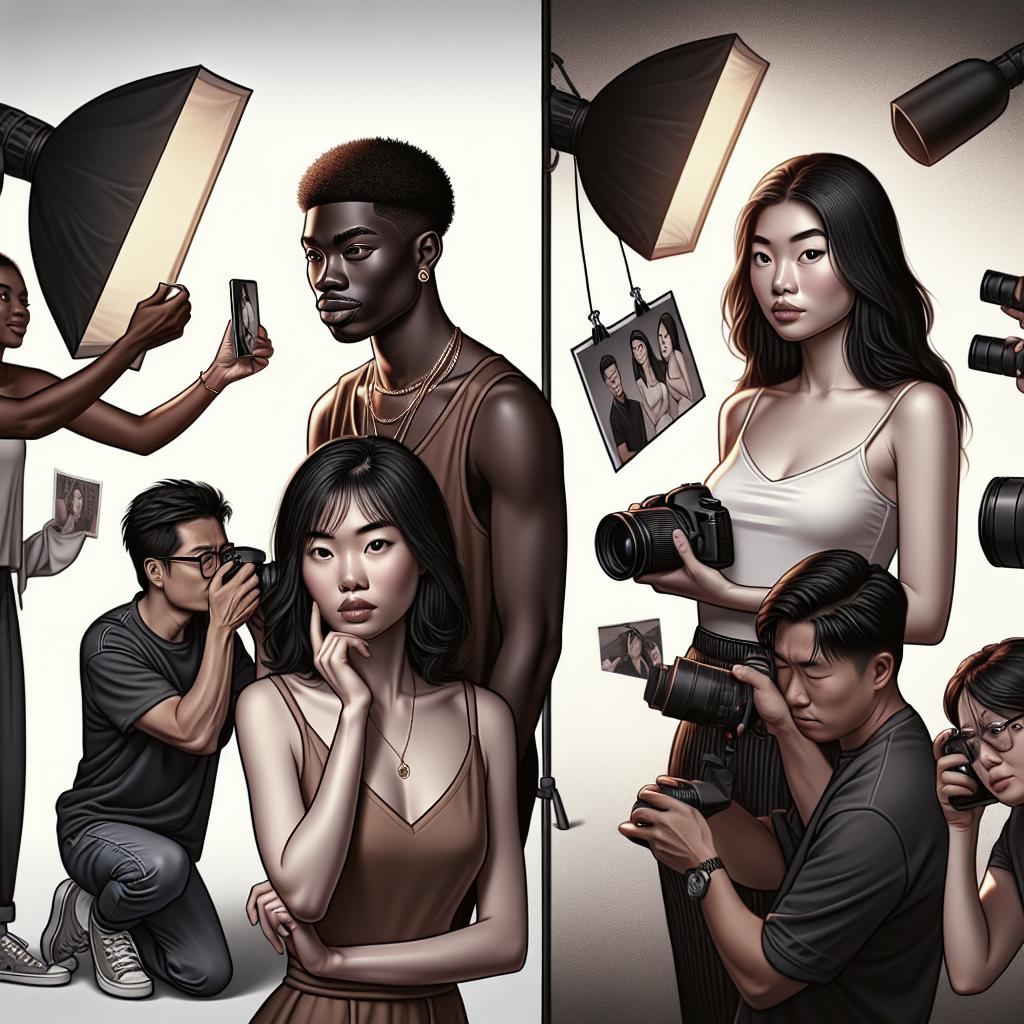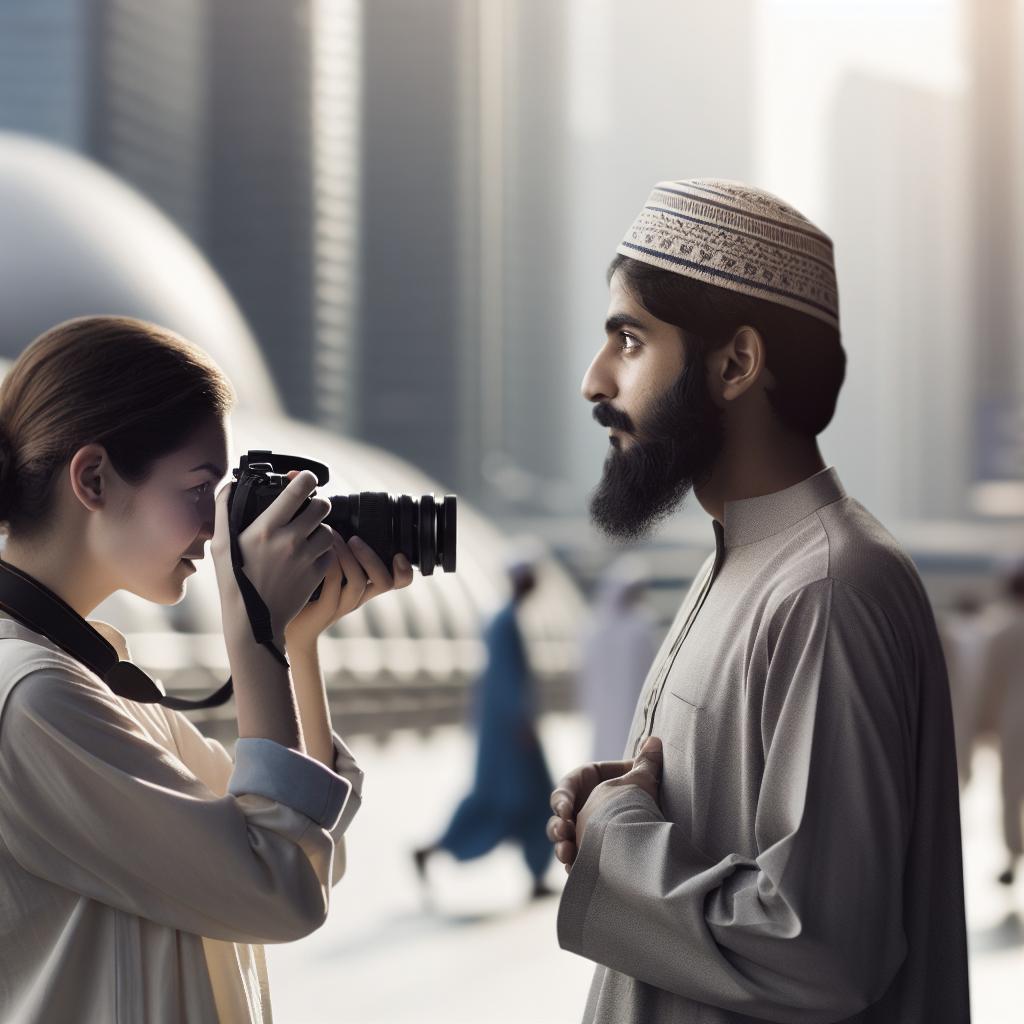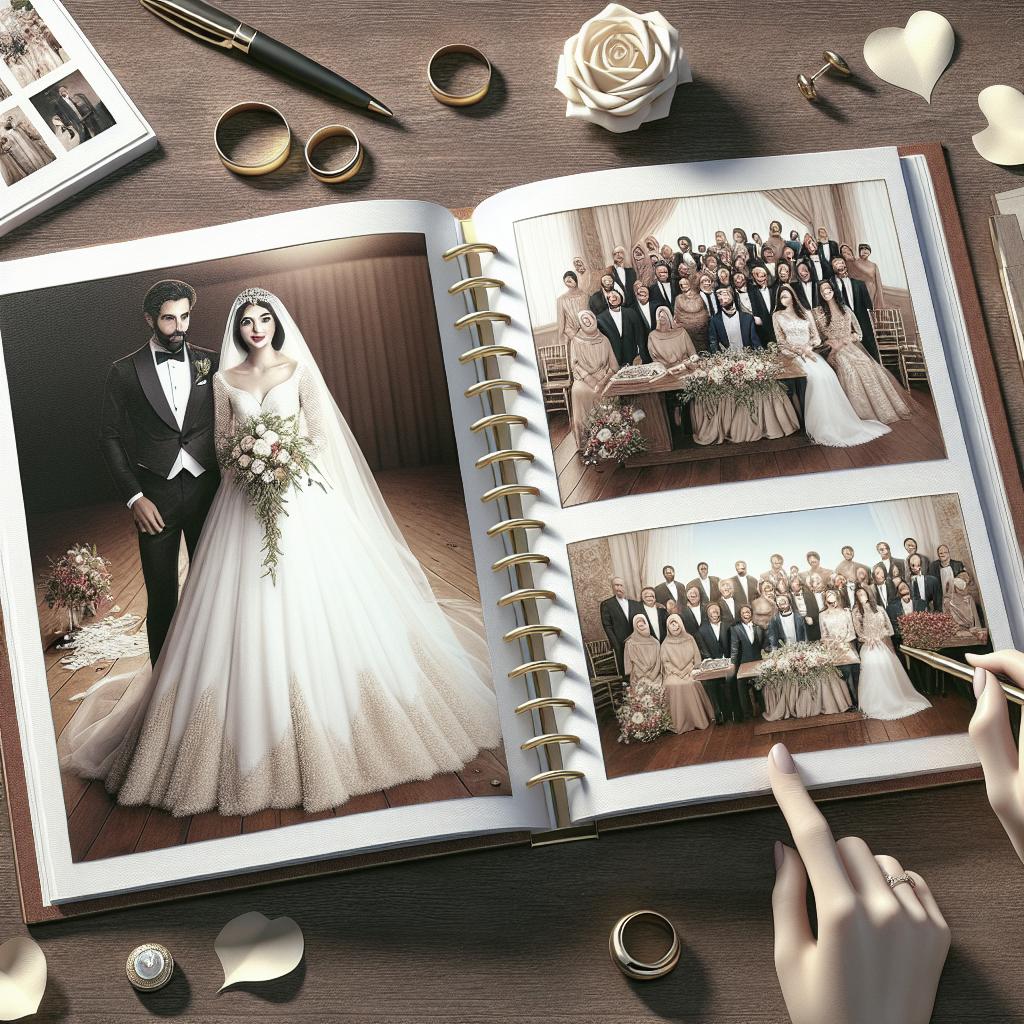<>
Aug 19 The 10 Do’s and Don’ts of Portrait Photography
Portrait photography is an art that combines technical skill and personal interaction to capture stunning images of people. In this blog post, we’ll dive into the key do’s and don’ts for successful portrait photography. From building a rapport with your subject to avoiding common pitfalls, these tips will help you enhance your skills and produce compelling portraits. Whether you’re an amateur or a seasoned pro, these insights will ensure you bring out the best in your subjects while navigating the complexities of portrait photography.
Portrait photography is the most reliable way for photographers to support themselves.
Portrait photography is a reliable niche in the photography world. One reason for its stability is the constant demand for portraits, whether for professional headshots, family photos, or creative art pieces. Understanding the dynamics of this field can solidify a photographer’s business and offer consistent revenue streams. Going beyond stability, portrait photography provides an opportunity to continually improve your craft. Each subject brings a unique set of challenges and opportunities, allowing photographers to experiment with different techniques and styles. This constant evolution not only keeps the work exciting but also enables photographers to build a diverse portfolio that can attract various types of clients.
DO: Establish a rapport.
One of the essential elements of portrait photography is establishing a rapport with your subject. Comfortable subjects result in natural and relaxed portraits. Spend a few minutes chatting with them before you start shooting to break the ice. Ask about their interests, hobbies, or the purpose of the photo shoot to help them feel at ease. Building trust is crucial. Ensure your subject feels heard and understood. A significant part of making someone comfortable is listening to their concerns or preferences. This rapport doesn’t just make the session more enjoyable but shows through in the final photos, which will likely have a more genuine and authentic appearance.
DO: Pay attention to catchlights.
Catchlights are the reflective highlights in a person’s eyes that can bring life and sparkle to a portrait. They add depth and dimension, making the eyes, often called the windows to the soul, more engaging. To achieve ideal catchlights, position a soft light source in front of your subject. Even a slight adjustment in lighting can make a big difference. If natural light is your only source, positioning your subject near a window can create those beautiful natural catchlights. Remember, the key is subtlety. Overexposed or overly bright catchlights can appear unnatural and distracting. Balance is essential for creating compelling portraits that draw viewers in.
DO: Consider a thematically appropriate prop.
Using props in portrait photography can add a unique element and convey more about the subject’s personality or the shoot’s theme. Suppose you’re shooting a musician; incorporating their instrument as a prop can add context to the portrait and make it more interesting. The prop should be something meaningful that complements and enhances the subject. However, avoid excessive or irrelevant props which can clutter the image and detract from the subject. Carefully select items that add value to the composition and enhance the storytelling aspect of the portrait, rather than distracting from the primary focus.
DO: Shift your perspective.
Changing your perspective can significantly impact the results of a portrait shoot. Don’t settle for eye-level shots all the time; experiment by capturing images from above, below, or even at unusual angles. Unique perspectives can add drama, emphasize features, or present your subject in a new light. Another way to shift perspective is by physically moving closer or stepping back. Close-ups can emphasize facial details and emotions, while wider shots can include background elements that provide context. Each perspective offers a different narrative, allowing more creative freedom and diversity in your portfolio.
DO: Carve the jawline.
A defined jawline can add sophistication and sharpness to portraits. A simple technique involves asking your subject to push their forehead slightly towards the camera and down. This technique elongates the neck and emphasizes the jawline without looking unnatural. Also, mindful use of lighting can accentuate this feature. Side lighting or slightly above can cast subtle shadows that highlight the jawline, adding depth and dimension to the portrait. Combining these techniques can enhance the facial structure and make your portraits more compelling.
DON’T: Let them stick to your pose.
While prompting your subjects with poses is necessary, don’t be too strict about them sticking to the script. People feel and look their best when they’re natural and comfortable. Allow your subjects to move, adjust, and find a pose that feels right for them. Capturing candid moments often results in the most compelling and genuine photographs. Maintain a balance between providing direction and giving your subject the freedom to express themselves naturally. Flexibility in posing can help achieve portraits that resonate more personally with both the subject and viewers.
DON’T: Go too crazy too soon.
It’s tempting to dive into creative ideas immediately, but starting with more straightforward shots can help establish a rhythm and comfort level. Consider beginning the session with standard poses and lighting before introducing more experimental angles or dramatic lighting changes. Gradually building up to more complex shots allows your subject to gain confidence and feel more relaxed. Sudden or drastic changes can unsettle them, making it harder to capture those relaxed and natural expressions critical for great portraits. Start simple, then progressively incorporate creative techniques as the session progresses.
DON’T: Be afraid to contextualize.
Portraits don’t have to be just about the person; the environment can add significant storytelling elements. Including background elements that provide context can make the portrait more engaging and informative. For example, an artist in their studio or a chef in the kitchen can reveal much about the subject’s life and profession. However, avoid busy or distracting backgrounds that can pull attention away from the subject. Aim to use context to enhance the narrative while keeping the primary focus on the individual. The background should support and complement the subject rather than compete for attention.
DON’T: Change angles without changing your light.
Lighting is crucial in photography, and altering your shooting angle without adjusting your light sources can have unintended consequences. Different angles can create unwanted shadows or inconsistent lighting patterns, detracting from the quality of the portrait. Always consider how the light interacts with your subject from various angles. Before changing your angle, evaluate the lighting setup. Small adjustments in light positioning can often compensate for angle changes, ensuring consistent and flattering lighting. Ignoring this step can result in a series of shots with uneven lighting, requiring extensive post-processing to fix.
DON’T: Rely on a shallow aperture.
While a shallow aperture (like f/1.8 or f/2.8) creates a pleasing background blur (bokeh), relying exclusively on this can limit your portraits. Depth of field is just one tool among many. A shallow aperture can sometimes result in out-of-focus features, particularly if the subject moves slightly. Experimenting with a range of apertures can result in surprising and creative outcomes. Focus on balancing technical precision with creativity. Portraits taken with slightly narrower apertures can retain more detail and produce just as compelling results, especially when you balance other elements like lighting and composition.
With all these lessons in mind, here’s the truth: there is no such thing as a tutorial for good portrait photography.
Every portrait session is unique, and what works for one subject might not work for another. The key is to understand fundamental principles and adapt them based on the specific scenario. These “do’s and don’ts” aim to guide you in the right direction, but the real magic happens when you trust your instincts and experiment. Learning to read your subject and the environment and thinking on your feet will develop over time. Don’t be afraid to make mistakes and learn from them. Excellence in portrait photography comes from a balance of technical skill, creativity, and the ability to connect with your subject on a personal level.
Want to read more stuff like this?
If you enjoyed these tips and want to dive deeper into photography or other creative fields, consider subscribing to our blog. By joining our community, you’ll get regular updates on new posts, insider tips, and exclusive content tailored to help you grow as a creative professional. Check out our latest posts and connect with us on Instagram for daily inspiration.
Subscribe
Join our newsletter for more photography tips, engaging stories, and the latest trends in creative industries. Stay updated and inspired!
Most Recent Post
Head over to our blog to read our latest post on “Creative Lighting Techniques for Beginners.”
Follow us on Instagram for a daily dose of photography inspiration, behind-the-scenes content, and community highlights.
Lessons learned:
| Do’s | Don’ts |
|---|---|
| Establish a rapport | Let them stick to your pose |
| Pay attention to catchlights | Go too crazy too soon |
| Consider a thematically appropriate prop | Be afraid to contextualize |
| Shift your perspective | Change angles without changing your light |
| Carve the jawline | Rely on a shallow aperture |


